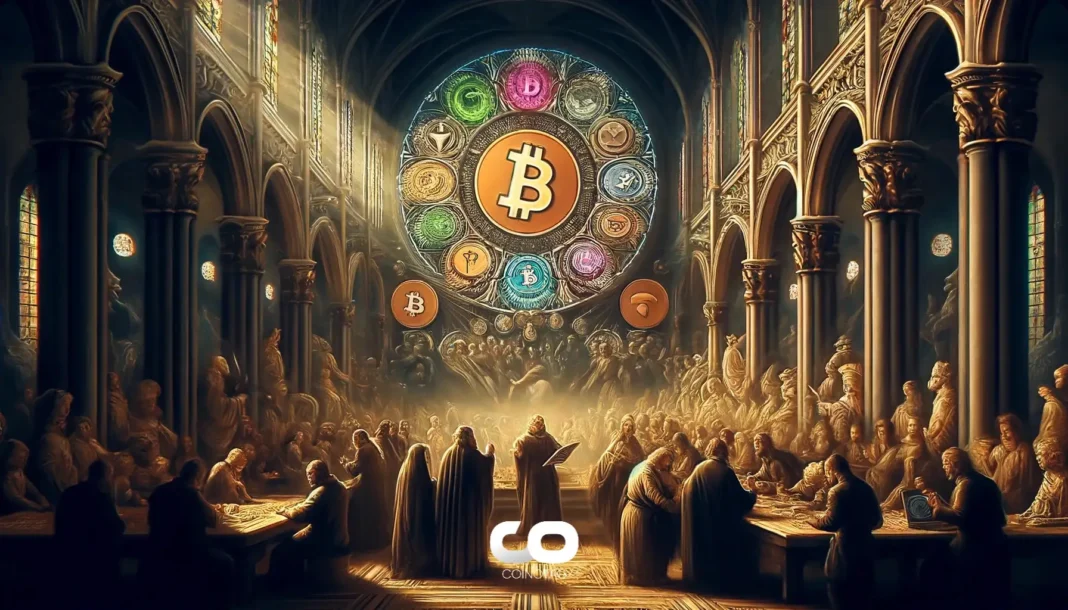-
Ripple’s potential acquisition of Circle signals a pivotal moment in the ever-evolving stablecoin landscape.
-
As Ripple strengthens its foothold, the implications for the broader cryptocurrency market could be profound.
-
According to COINOTAG, if successful, this acquisition could reshape liquidity dynamics across decentralized finance.
Ripple’s rumored bid for Circle could revolutionize the stablecoin sector, enhancing Ripple’s competitive position with USDC.
Ripple’s Intentions: A Game-Changer for Stablecoins
Ripple’s rumored move to secure a $5 billion acquisition of Circle is not just ambitious; it’s methodically strategic. The escalating talks suggest a willingness to elevate this figure to a staggering $20 billion, reflecting a commitment to establishing a leading position in the stablecoin market.
The background to this surge is critical. The stablecoin market, once valued around $60 billion, has ascended to a remarkable $243 billion—a growth trajectory exceeding 300%. Such expansion is a testament to the increasing appreciation of stablecoins among institutional and retail investors alike, integrating themselves deeply into the financial ecosystem.

Source: Coinglass
Ripple’s recent foray into stablecoins with RLUSD launch aims to solidify its place within this booming sector. With RLUSD managing to accrue a market cap of approximately $316.94 million, the acquisition of Circle would exponentially augment Ripple’s resources, providing access to USDC’s dominant market position of $61.54 billion.
This combination can potentially integrate USDC’s strengths in decentralized finance (DeFi) with the capabilities of the XRP Ledger, paving the way for increased liquidity and broader institutional adoption. Such a move could significantly empower Ripple’s influence in both the crypto ecosystem and traditional financial infrastructures.
Competitive Pressures Mounting: USDT’s Dominance
Tether (USDT), holding a commanding $150 billion market cap, dominates approximately 69% of the stablecoin market. This longstanding supremacy can largely be attributed to its early entry; launched in 2014, USDT has become synonymous with stability in turbulent market conditions.
USDT’s role has evolved considerably, transitioning from a mere trading tool to a critical component in global transactions, such as remittances and offshore payments, especially in regions lacking robust banking infrastructures.

Source: Tether
The question now lies in whether USDC and RLUSD can independently challenge USDT’s overarching authority. The collaborative potential between Circle and Ripple, propelled by this acquisition, might present a formidable force against the traditional leader within this domain.
The Future of Stablecoins: Collaboration Over Competition?
Ripple’s strategy isn’t just tactical; it may symbolize a broader shift towards cooperation over rivalry in the cryptocurrency space. The potential alliance between two major players like Circle and Ripple could redefine the competitive landscape, giving rise to an ecosystem where stability reigns supreme amidst volatility.
As the dynamics unfold, stakeholders are urged to keep a vigilant eye on these developments. This merger of capabilities not only promises to enhance product offerings but also stands to significantly impact investor confidence and digital asset valuation across the board.
Conclusion
In conclusion, Ripple’s ambitious bid for Circle establishes a clear intention to assert dominance in the burgeoning stablecoin market. With strategic maneuvers and potential collaborations on the horizon, this could signify a transformative phase in the cryptocurrency industry. Observers and participants alike should prepare for a landscape where cohesive strategies elevate not only individual entities but stabilize the entire market. The implications of this move could resonate well beyond immediate financial gains.





